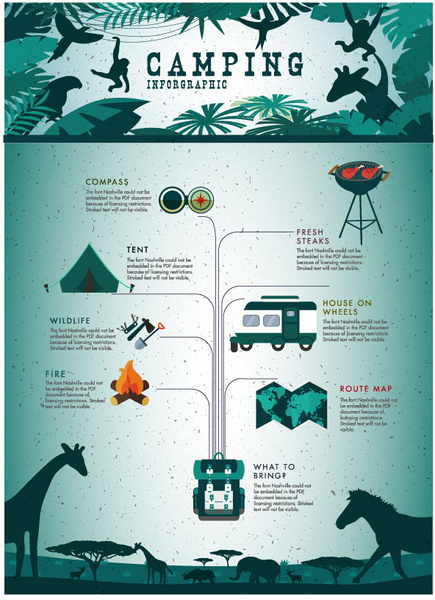The conelike form of a bell tent makes it one of the most successful shelter styles in background. Understood by several names, including the Tipi, Friend, Goahti, Lavvu, or Nentsi, these single-pole cotton canvas camping tents were created with usefulness in mind.
How do you store a tent for winter?
Their simplicity and simplicity of setting up made them suitable for cultures on the move. This very same capability stood out of entertainment campers, that quickly integrated short walls to produce a traditional camping tent layout that we currently called the Bell Outdoor tents.
Beginnings
Bell tents are a tried and evaluated type of immediate lodging. Their large insides and functional style-- they are strong, very easy to establish and can hold up against solid winds as a result of their legendary bell form-- have actually made them a preferred selection for outdoor camping and glamping.
The contemporary bell camping tent traces its origins back to a 19th century army outdoor tents made by Henry Sibley. He adapted the design of the American Indian tipi to create his unique tent which was after that taken on by the military for usage in armed forces camps and explorations.
The concepts of this camping tent-- tough and difficult canvas supplying a home-away-from-home for visitors-- have been refined over time to suit the demands of contemporary campers. For instance, modern glamping outdoors tents use features such as rugs and beds to enhance the comfort of campers. These attributes likewise assist to preserve the integrity of the original layout and shield versus the elements.
Military Use
In the 19th century, bell outdoors tents were first made use of as armed forces field sanctuaries. They were a prominent choice because they were durable, sizable, and simple to set up. Today, these outdoors tents are preferred amongst campers and glampers for their elegant and useful layout.
They are additionally commonly used in army and rescue procedures, where quick deployment is vital. Their basic structure suggests that they can be established in a short quantity of time, providing personnel even more time to concentrate on the objective at hand.
The bell tent is usually made from a tough and weatherproof canvas, with a centre post that's supported by a collection of secures. Period prints reveal that these camping tents were formed a lot more like a cone than a squat structure, and the walls were tiny in connection with the elevation of the center post. This enabled them to endure wind and rainfall. They were frequently utilized by the ANZAC soldiers on their expeditions throughout Europe and Gallipoli.
Glamping
Glamping is a modern outside pastime that has come to be increasingly prominent. Individuals from all walks of life are trying to find a way to delight in the outdoors comfortably and style. Whether it's a charming escape or a family outdoor camping journey, a good quality camping tent can make all the distinction.
A bell tent's round shape helps with security in windy conditions, while its sizable interior can fit many individuals. It is also very easy to set up, needing only a central post and a cone-shaped canvas roof covering that clears up right into a broad base.
The bell tent was developed by Henry Hopkins Sibley, a United States Army soldier that served on the Texas frontier in the 1850s. He took ideas from tipis he saw, and developed a style that was durable and easily portable. His tent was patented in 1856.
Contemporary Usage
Today, bell outdoors tents are a staple in shop outdoor camping sites, celebration holiday accommodations, and as stylish exterior shelters for wedding events or hideaways. Their elegant, classic designs mix practice with modernity, making them a preferred amongst those looking for distinct and comfy lodgings that are both visually enticing and surprisingly simple to establish.
The tent waterproofing modern bell camping tent traces its beginnings back to traditional camping tents made use of by nomadic people in Northern Europe, however experienced its prime time around the 19th century when canvas replaced animal hides as the primary product. This adjustment, combined with a functional layout that prioritizes clearance, saw the appearance of a popular armed forces area sanctuary and, later, the renowned camping tent we understand as the bell.
In the 1850s, a United States Army soldier named Henry Hopkins Sibley produced the initial modern bell tent. Drawing ideas from the tipis he had actually seen on the Texas frontier, his new tent used a solitary main pole and vents to create a structure that was both resilient and quickly portable.
How do you clean a canvas teepee?
